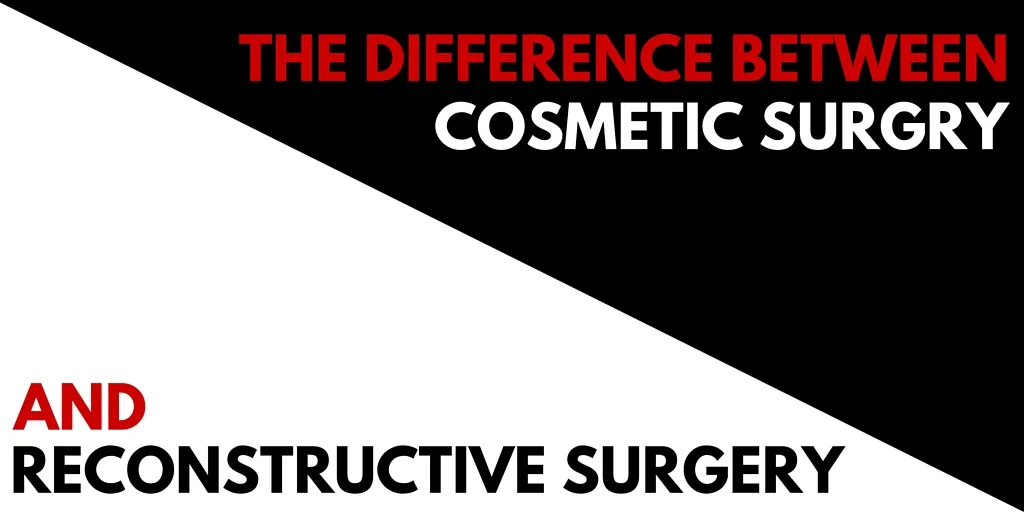In 2016, plastic surgery has become commonplace in Hollywood, and increasingly popular outside of L.A. Of course, people love the idea of plastic surgery when it can fix the appearance and function of past trauma, adjust the appearance of that one thing that you always wanted to change, or put up a decent battle against Father Time. Continue Reading Article >
Using Computer Programs For Cosmetic Surgery Facial Planning
Technology really is incredible. You used to just subtly alter your appearance with Instagram filters, and now there are apps like YouCam for makeup application or Virtual Hairstyle to see a haircut before you commit to it.
But what about the more permanent changes? What if you’re considering something more permanent like cheek augmentation, or lip fillers, or a face lift? Turns out there are some apps that can help with that too.
At Research Gate, you can read a great, in-depth research paper about new technology associated with plastic and reconstructive surgery. This technology analyzes your face and can actually make suggestions for ways to keep your face similar but more harmonious.
If you already have something in mind, a change you’ve always wanted to make, there’s Crisalix.
You simply register and upload three standard pictures of your face or body: a front view, right, and left profile. The program will then offer you a 3D simulation of your desired changes. The program is approved by the International Confederation for Plastic Reconstructive & Aesthetic Surgery.
It’s a pretty interesting concept, but the program costs $99, and it is not a guaranteed outcome nor an exact representation of what you’ll look like after the procedure.. The 3D imaging technique is typically used as a teaching tool, and only a doctor can paint you the most accurate picture possible of your body following a plastic surgery procedure, like a lip augmentation or chin augmentation.
Some doctors prefer to show their patients real before-and-after photos of patients with similar features, but many do appreciate the overview that a program like Crisalix provides. So, computer programs can be considered a great asset to the research phase of the process. It can answer questions like, “Will I like this?” “Is this what I want to look like?” If the answer is yes, and you like what you see, make sure you continue the conversation with a great plastic surgeon, and ask for examples of his or her past work.
Written by: Joanna Hynes
The Difference Between Cosmetic and Reconstructive Surgery
Following people like Snooki and Kim Kardashian for the past few years, people have become pretty familiar with the idea of plastic surgery recently. Although they have both meshed into being thought of as one thing, there’s two different types of plastic surgery: cosmetic surgery and reconstructive surgery. Of course, just because people might consider them as one common thing, they are different things.
So, what makes them different?
Cosmetic surgery and reconstructive surgery are similar in that they both surgically improve a patient’s body in one way or another. Although they both aim to improve a patient’s body, they differ from each other in the reasons for why they are attempting to do so.
Cosmetic surgery focuses completely on enhancing the patient’s appearance. So, all of the procedures, techniques, and principles of cosmetic surgery focus primarily on improving the patient’s aesthetic appeal by enhancing their body’s symmetry and proportion.
On the other hand, reconstructive surgery focuses mainly on improving the patient’s body by fixing any defects due to things like birth disorders, trauma, burns, and diseases. While reconstructive surgery is mostly intended to improve the body’s functions, reconstructive surgery also tends to result in producing more of a normal look to the patient’s body.
A quick history and how they developed:
Plastic surgery has existed to certain extents for much of human history. Both ancient Romans and Indians used forms of reconstructive surgery to repair wounds of war such as ripped earlobes and broken noses. Many forms of plastic surgery have resulted from war throughout history. Accordingly, recent breakthroughs in plastic surgery as we know it today were a result of surgeons and their efforts to repair various injuries from war.
Specifically, advancements in technology, anesthesia, and surgical procedures around the time of World War I brought about significant progress in reconstructive surgeries for wounded soldiers. These advancements were aimed at not only improving impaired bodily functions, but also at achieving more of a normal appearance for the wounded soldiers, especially in regards to facial reconstruction. With such success in helping soldiers, people started to think about the possibilities of using surgery even on individuals who were not injured. Thus, the idea of cosmetic surgery was born.
As a result of the increased popularity and commonplace of plastic surgery, surgeons formed the American Society of Plastic and Reconstructive Surgeons in 1931. Surgical procedures continued to evolve and elective, cosmetic surgeries became more and more popular as advanced technologies made plastic surgery procedures more accessible to people with healthy, normal bodies.
Cosmetic and Reconstructive Surgery Today:
Today, surgeons still perform reconstructive surgery on patients with abnormal structures of the body that are caused by things such as developmental abnormalities, birth and congenital defects, infection, trauma, tumors, disease, and other such things. While reconstructive surgery is done to improve certain bodily functions, reconstructive surgery is almost always coupled with cosmetic-based procedures in order to approximate a more normal appearance. Because of its purpose, most health insurance policies cover certain reconstructive procedures to some extent.
Unlike reconstructive surgery, cosmetic surgery is entirely elective and is only performed to improve the patient’s appearance and self-esteem by reshaping certain parts of their otherwise healthy and normal body. Being a completely elective procedure, health insurances almost never cover cosmetic surgeries. However, cosmetic surgery has become extremely popular, as over $10 billion was spent on cosmetic procedures last year in the United States.
Are cosmetic surgery and reconstructive surgery merging into one?
Despite any differences, cosmetic surgery and reconstructive surgery are deeply connected. Since cosmetic surgery evolved as an extension of reconstructive surgeries, they are often performed as one in the same. Many reconstructive surgeons are cosmetic surgeons as well, despite being more specialized in surgery than surgeons who are only trained in cosmetic procedures. Because of how deeply connected they are, there is a lot of gray area between when a procedure is reconstructive versus purely cosmetic. To emphasize their connection and relation, the American Society of Plastic and Reconstructive Surgeons changed its name to the American Society of Plastic Surgeons in 1999.
However, it is important to remember that although the specialties of cosmetic and reconstructive surgery are very closely related, there are key differences. There are also differences in the training and specializations of reconstructive surgeons versus solely cosmetic surgeons, so it is always important to keep such distinctions in mind when searching for somewhere to possibly get a procedure. Plastic surgery is still surgery; so make sure any procedure you undergo is being performed by a well-trained professional.
Written by: Russell McBurnie



